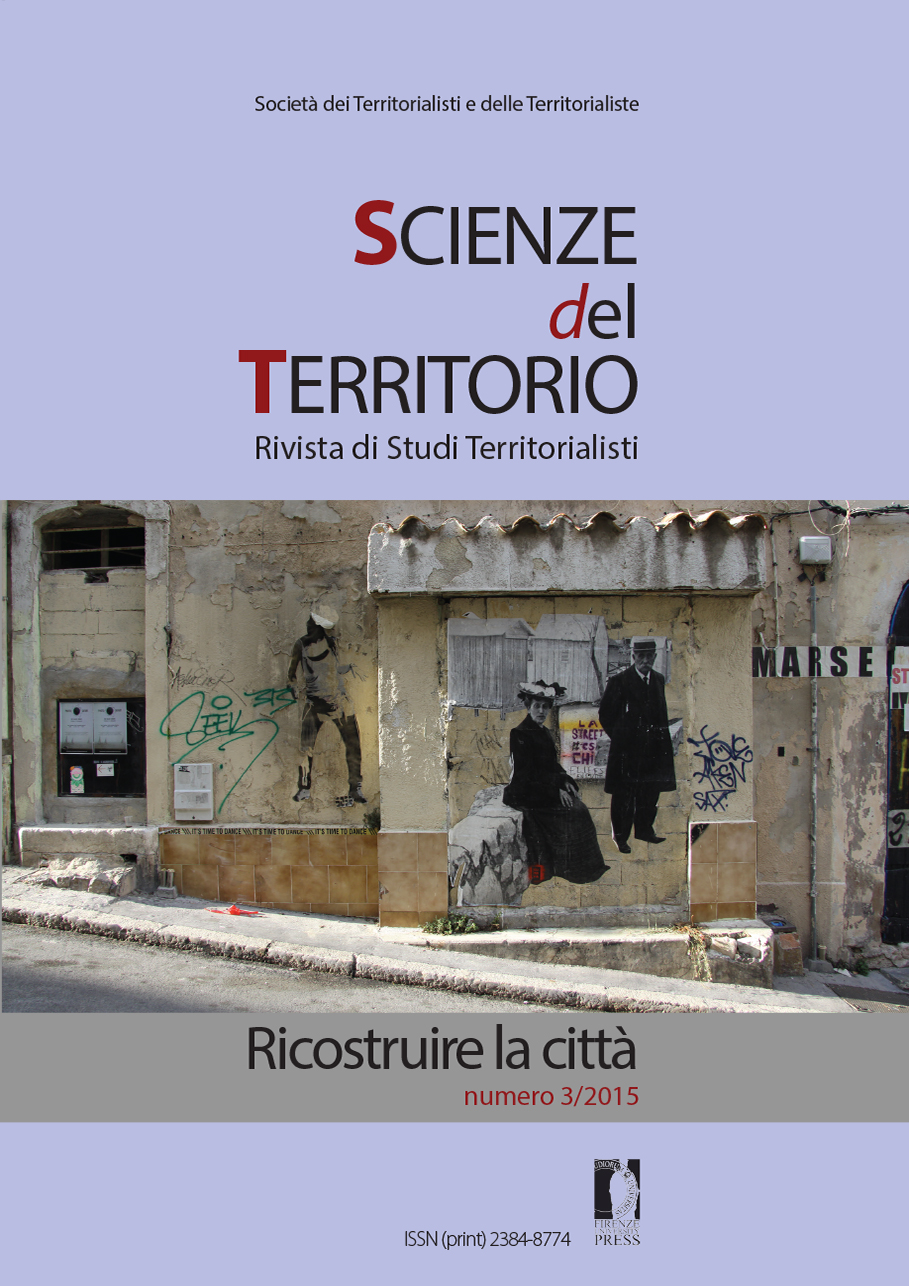Abstract
This brief paper describes the city through the use of two different techniques of qualitative research: shadowing and qualitative GIS. By discussing a few examples of field research, the paper assesses the limits and possibilities of these techniques. The aim is to prove the necessity of using and developing new methodologies to investigate the most recent urban phenomena. In order to achieve this goal, only an interdisciplinary approach can help the emergence of polyphonic narrations of the city. Through the analysis of the dialogic assets that shadowing possesses, and of the subversive potential of qualitative GIS (conceived as a sort of mapping that can represent the mind-space of citizens), the authors succor the use of mixed methodologies that enhance the creation of narrative re-descriptions of the urban forms. Understanding, conceiving and transforming the city implies creativity and experimentation: therefore, we need to conceive new instruments that use hybrid knowledge systems, and shatter the hegemony of those traditional, authoritative representations that cannot give voice to the most deprived social groups. The final goal of the paper is thus defined as the need to project qualitative urban research into a political horizon that becomes the public space of discussion and interaction.


